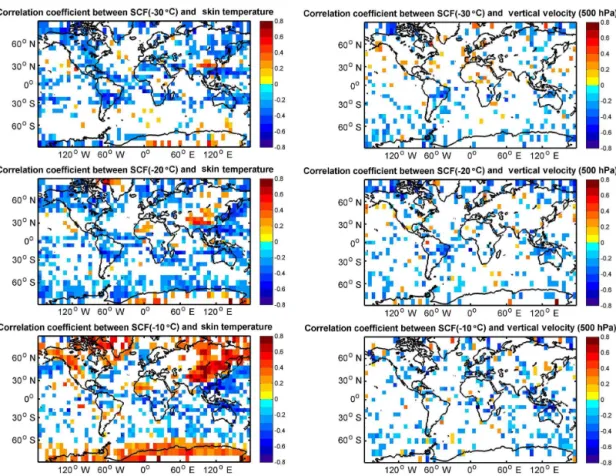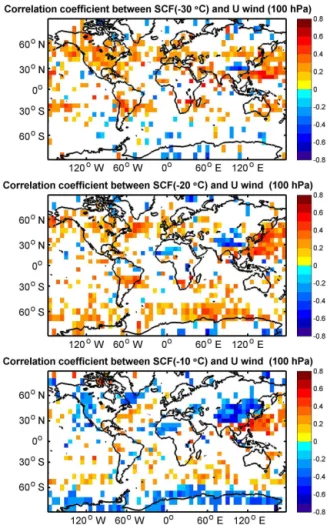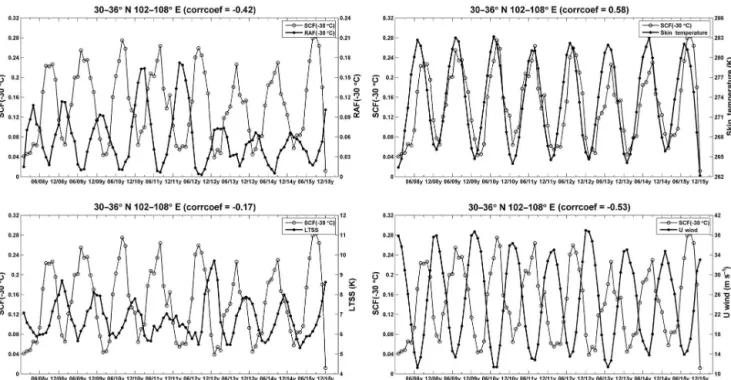Effects of atmospheric dynamics and aerosols on the fraction of supercooled water clouds
Texto
Imagem

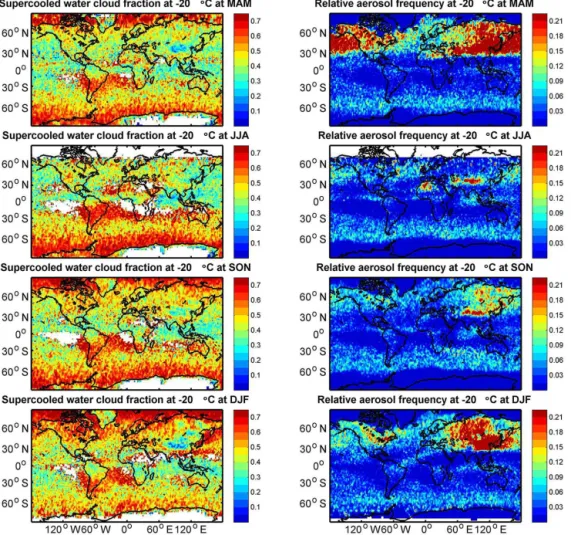

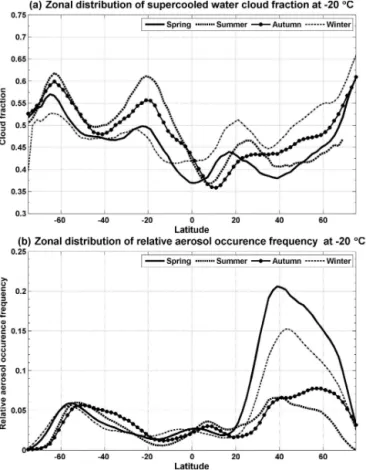
Documentos relacionados
P ¨oschl, U.: Aerosol- and updraft-limited regimes of cloud droplet formation: influence of par- ticle number, size and hygroscopicity on the activation of cloud condensation
In that paper, several cloud fields with the same stochastic properties as real clouds are generated assuming variable cloud tops, vertical profile of water droplet, mixed phase,
Although this study focused only on warm-phase clouds, our findings regarding different cloud responses to aerosol perturbations between GCMs and satellite observations will
The satellite cloud parameters cloud top height (CTH) and liq- uid water path (LWP) are compared with ground-based CTH obtained from a cloud mask created using lidar and radar data
Since we used the aerosol and cloud layers detected with the highest confidence for analysis (and thus providing the lowermost estimates of overlap frequency), we further in-
The results strengthen the case that the observed increase in cloud top height and cloud fraction associated with higher aerosol loadings in convective clouds over the Atlantic ITCZ
The number of aerosols that eventually activate into cloud droplets depends on the aerosol concentration, size distribution and chemical properties and on the updraft ve- locity,
It is shown that subgrid treatment of cloud activation and autoconversion of cloud water to rain reduce the impact of anthropogenic aerosols on cloud properties and thus reduce
